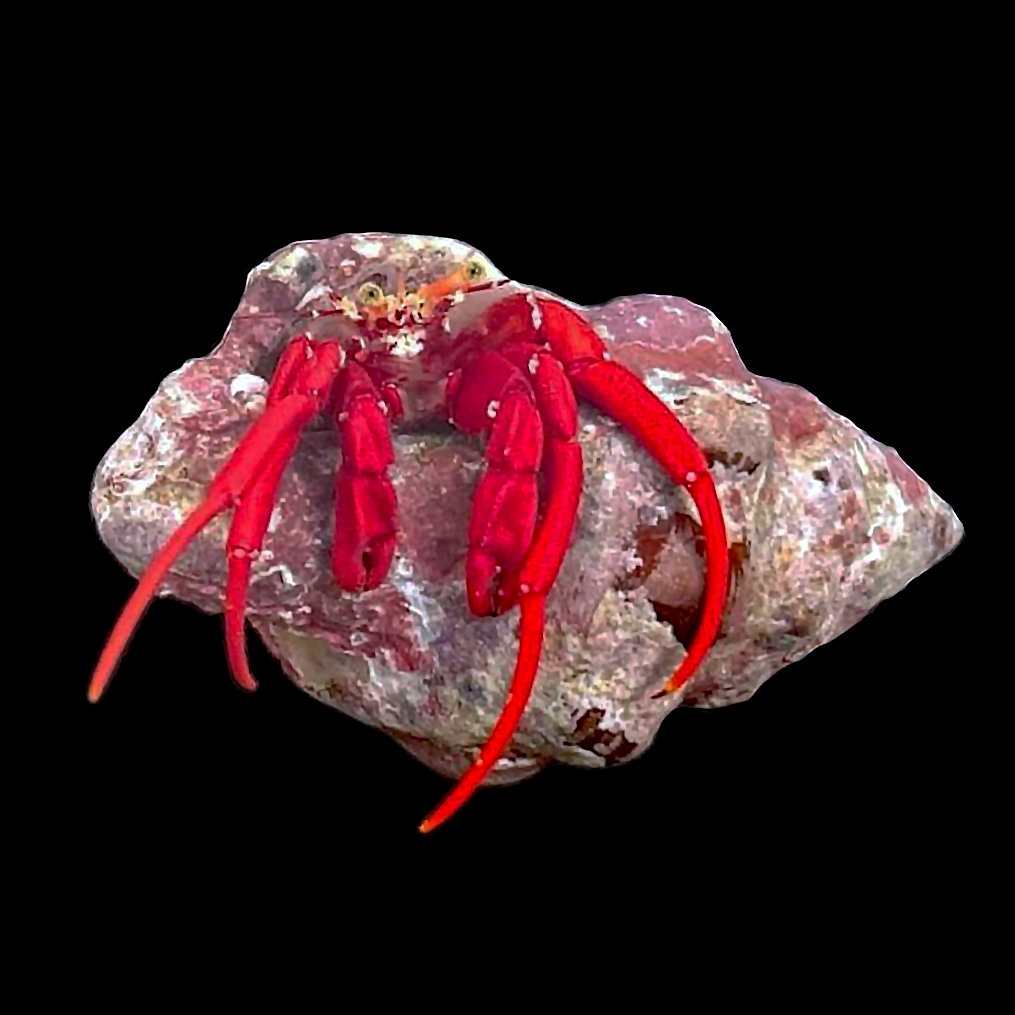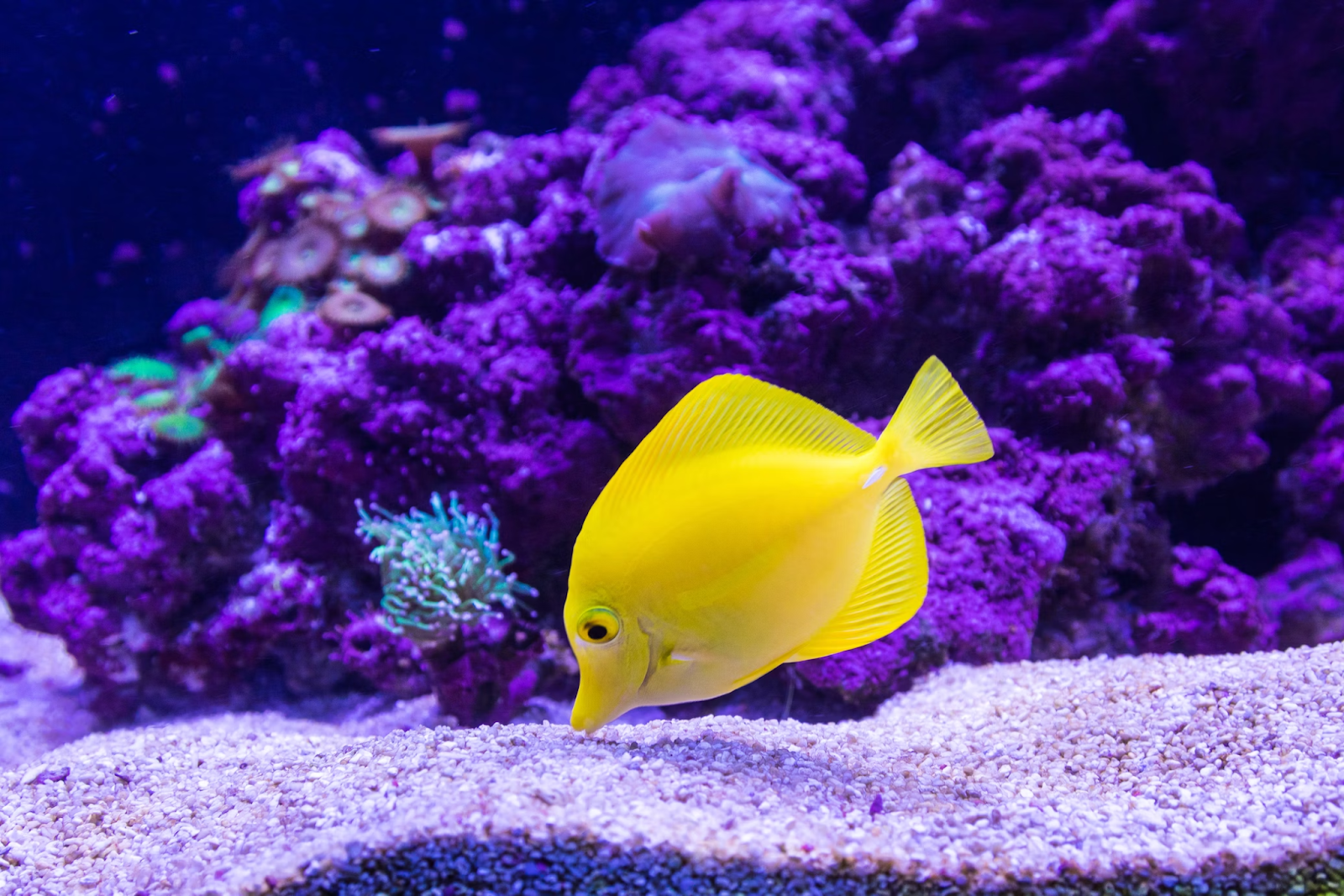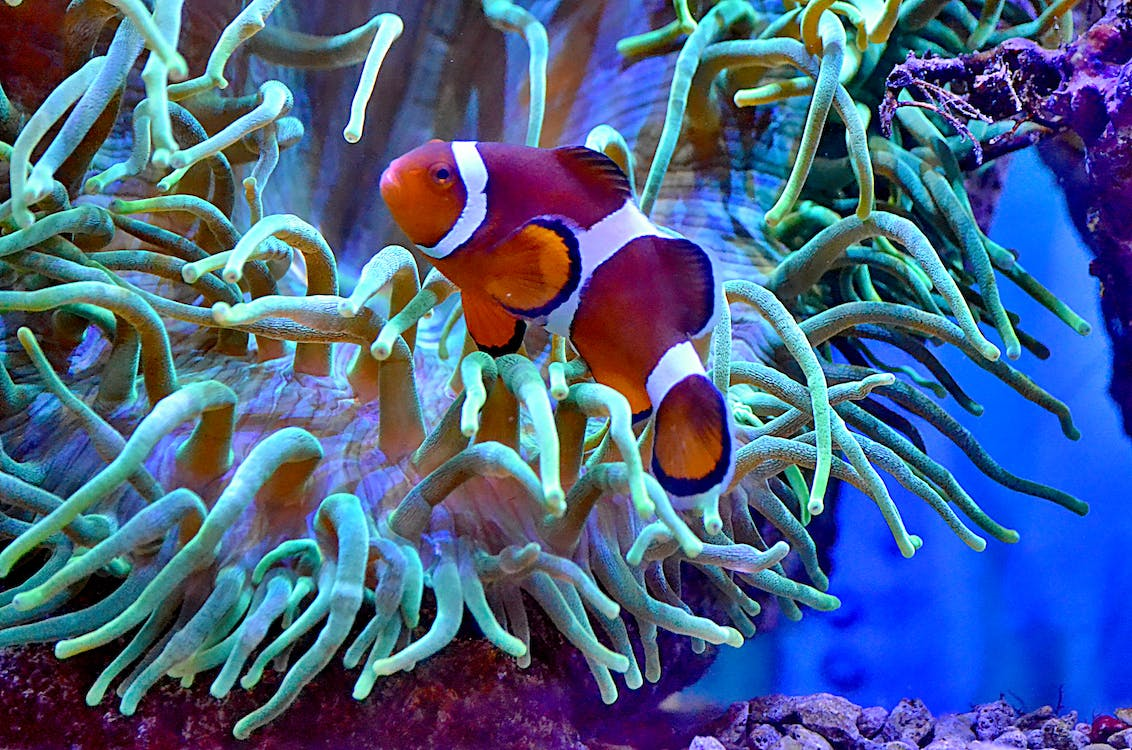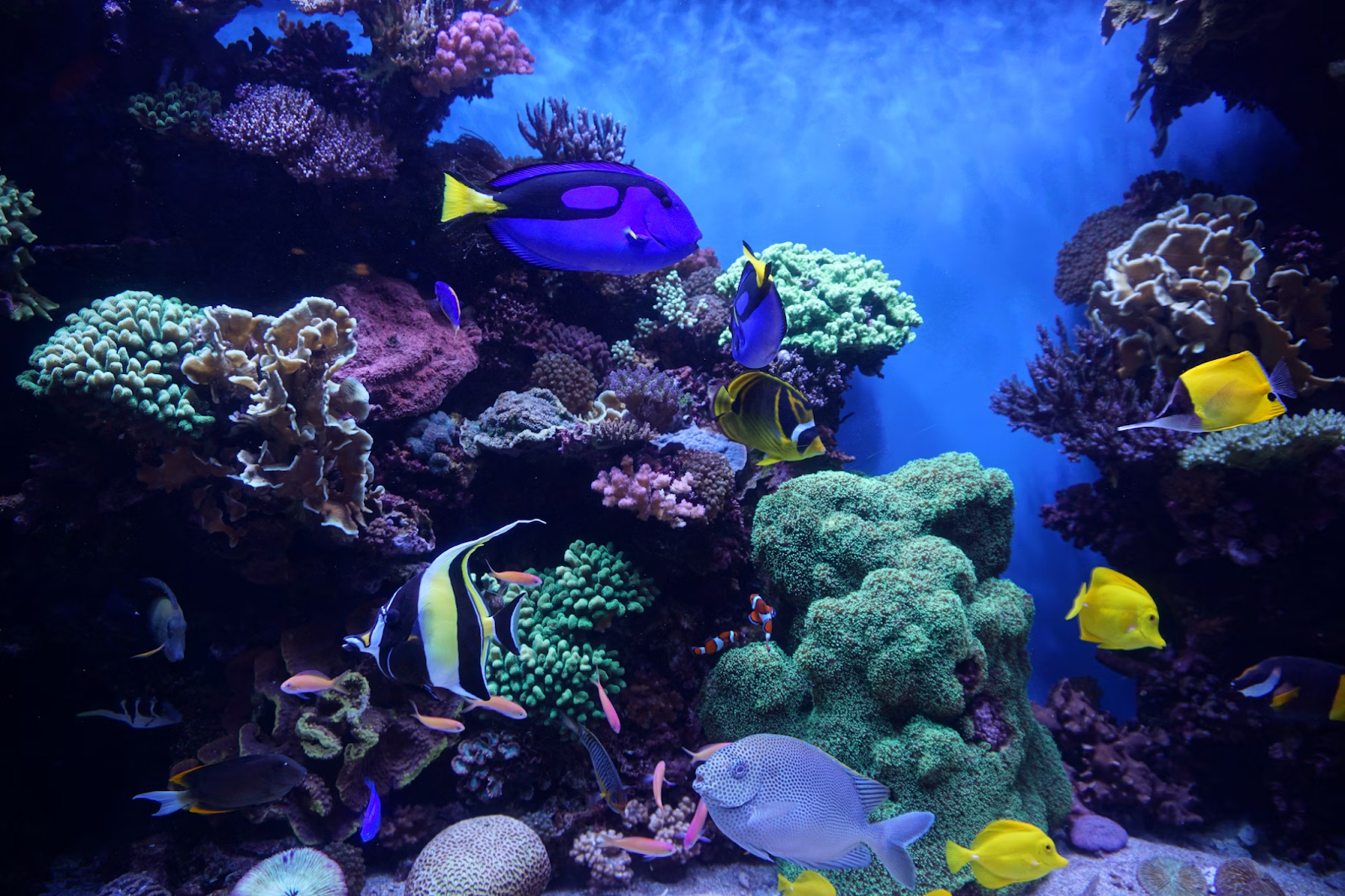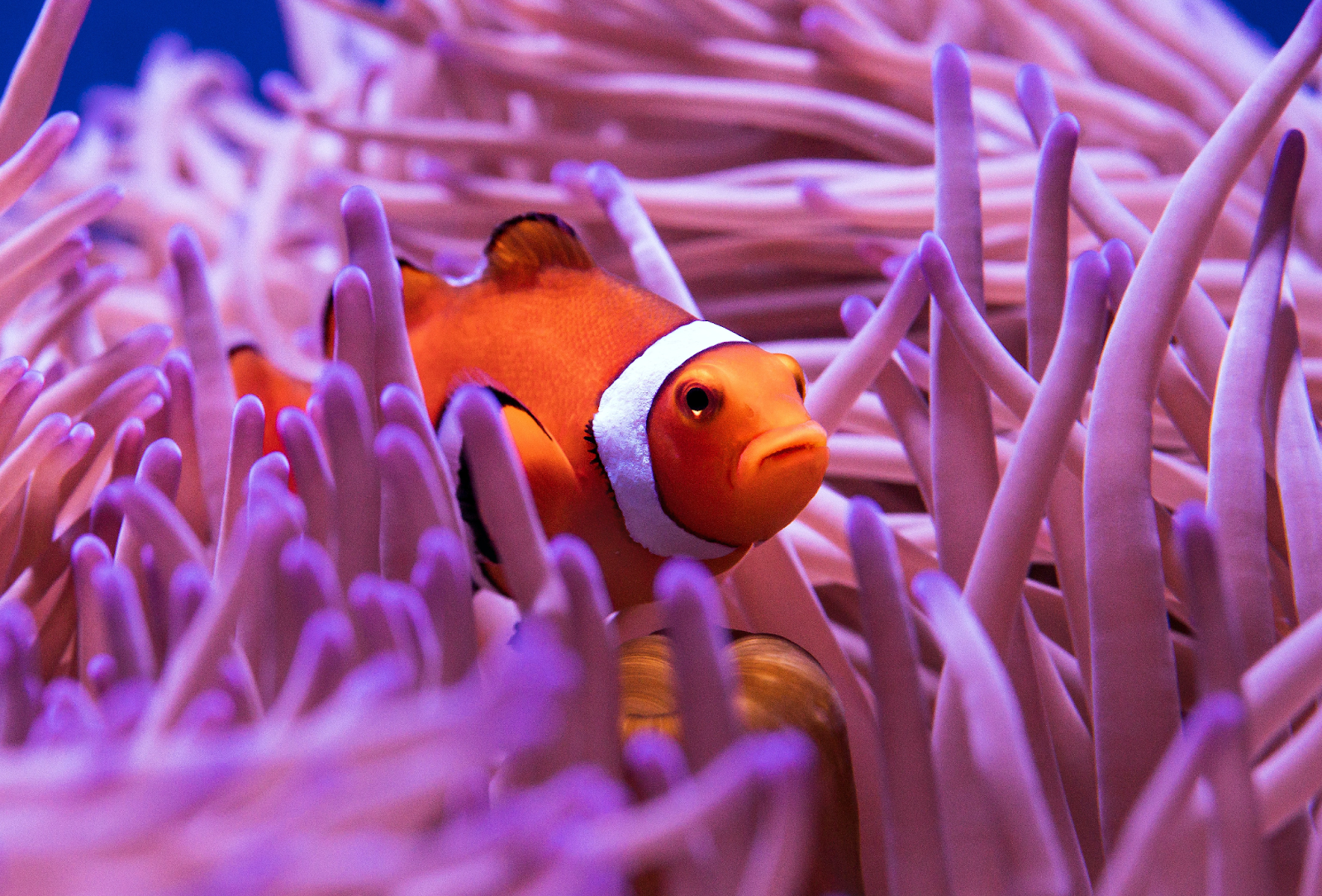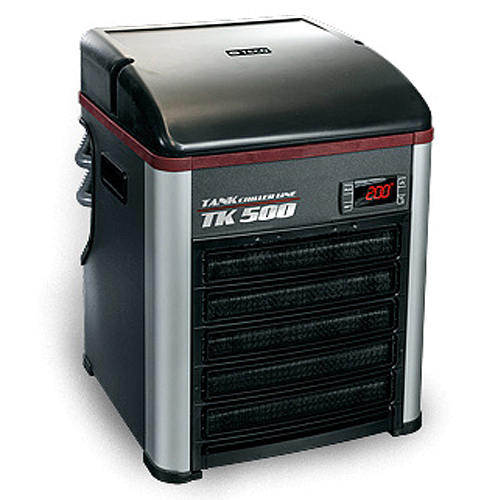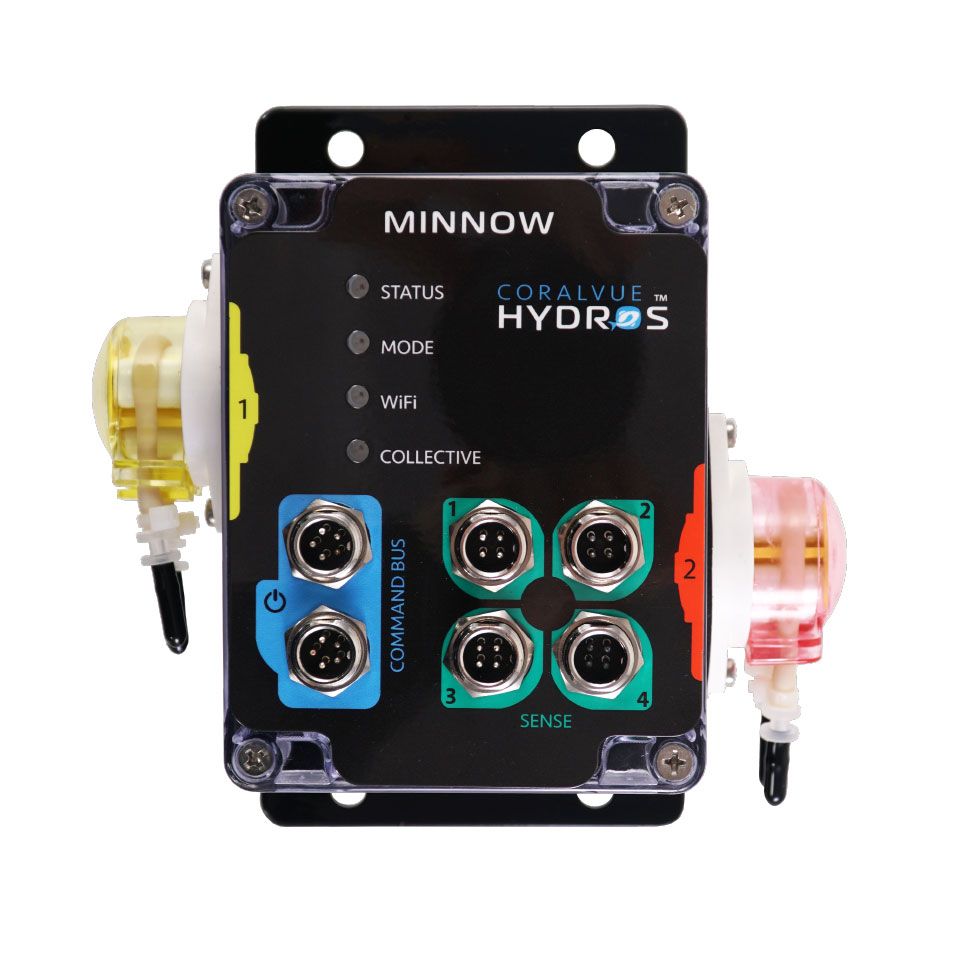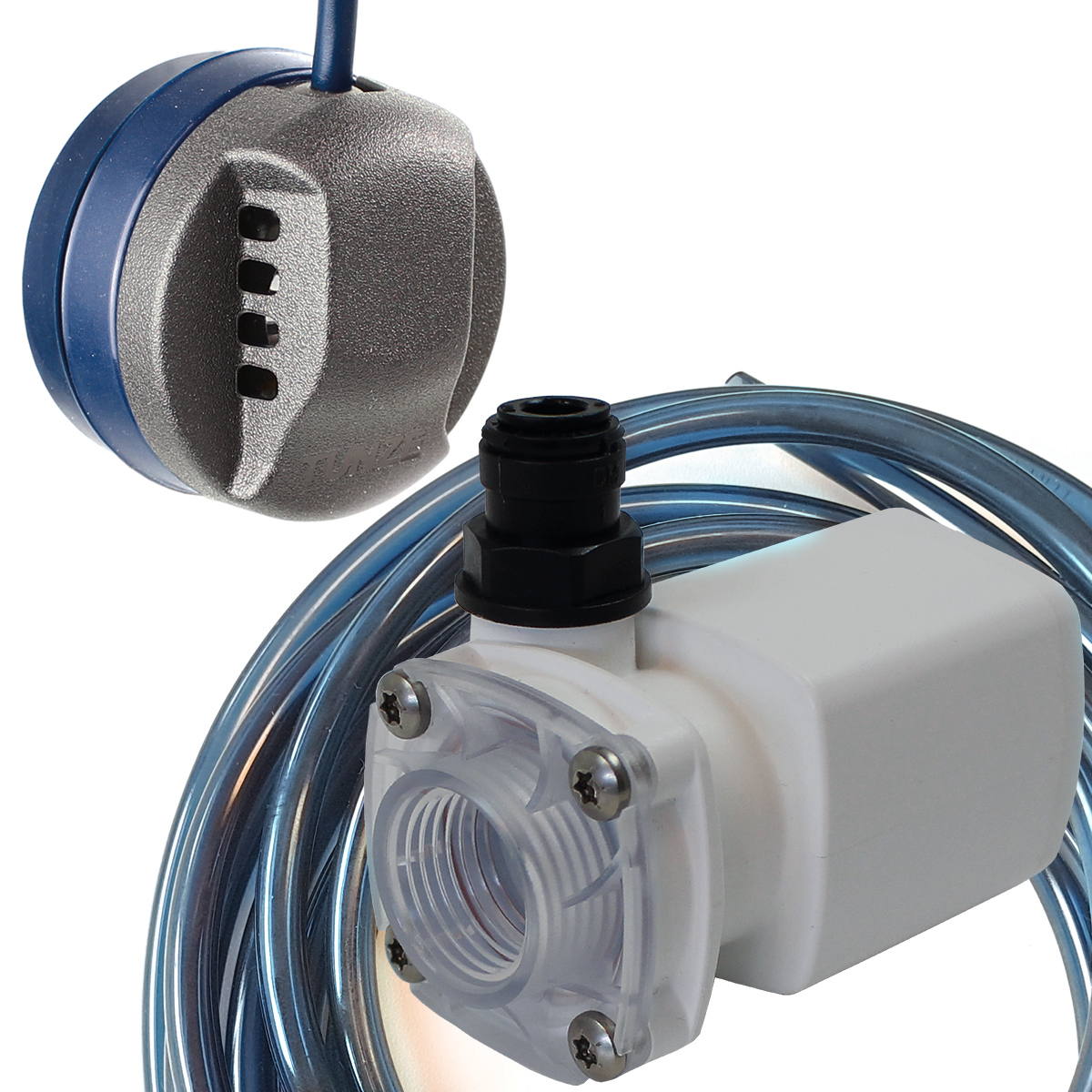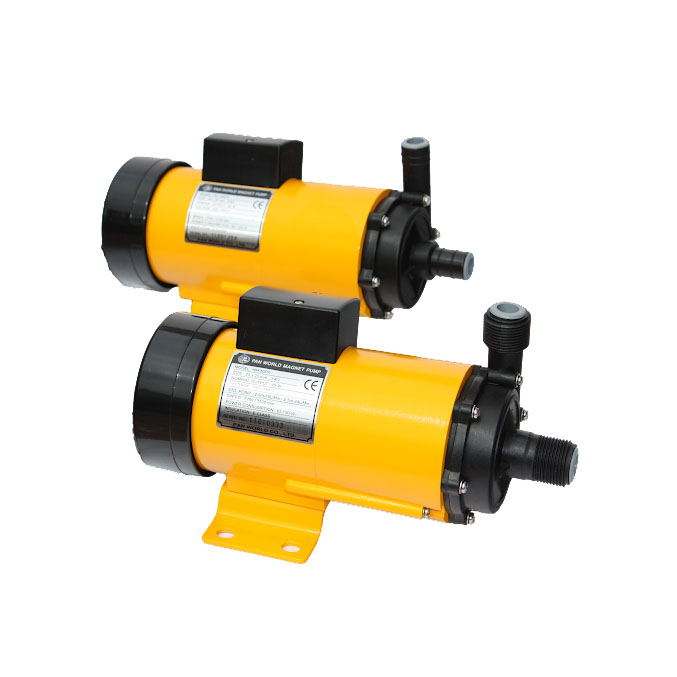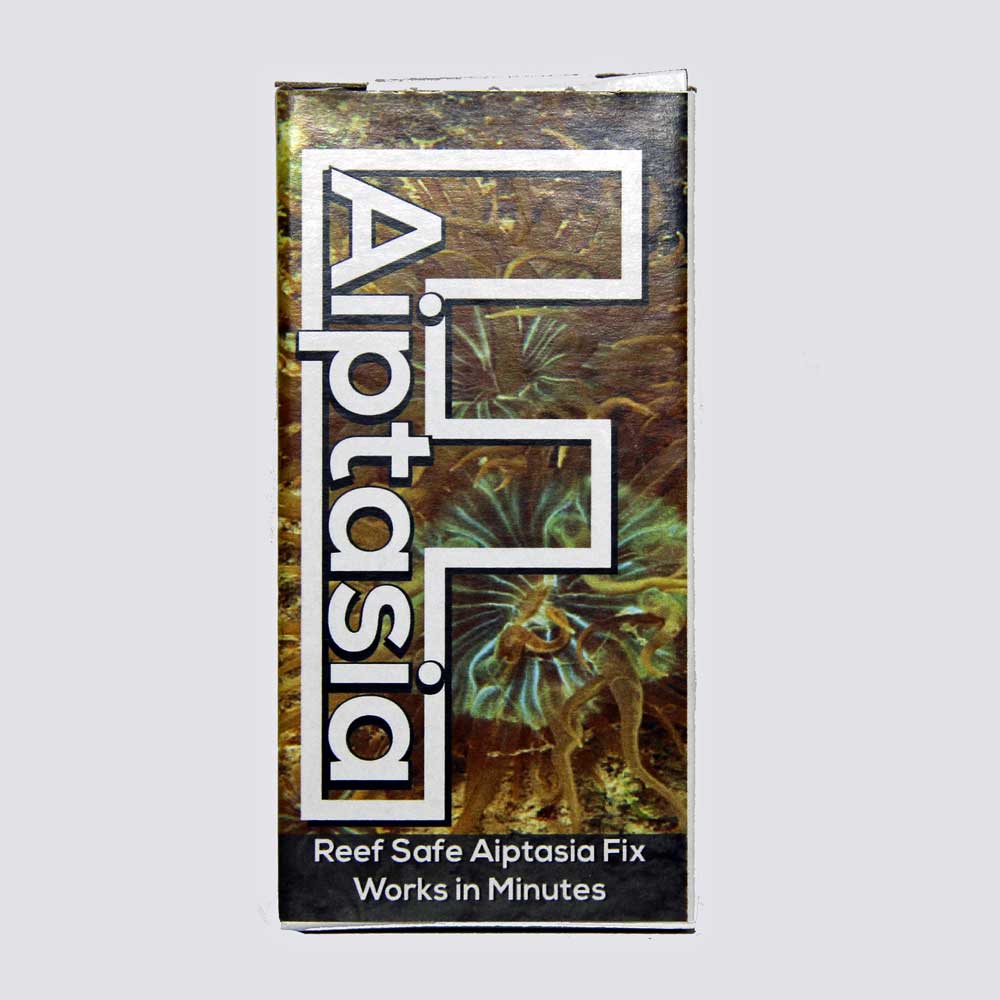The Scarlet Reef Hermit Crab, scientifically known as Paguristes cadenati, is a fascinating, beneficial and colorful addition to both fish-only and reef aquariums. Originating from the Atlantic Ocean, these small crustaceans contribute not only to the overall intrest of your aquarium but also to its overall health. In this article, we'll discuss the benefits of keeping Scarlet Reef Hermit Crabs, their natural habitat, lifespan, diet, compatibility with other marine life, and the essential tank parameters for their well-being. Also known as the Red Reef or Red Legged Hermit Crab, the Scarlet Reef Hermit Crab is aptly named for its bright red legs.
Natural Habitat and Collection
Scarlet Reef Hermit Crabs are commonly found in the Atlantic Ocean, particularly in the Caribbean and Gulf of Mexico. They inhabit coral reefs, rocky crevices, and sandy bottoms. These crabs are often collected for the aquarium trade from shallow coastal areas, emphasizing the importance of sustainable collection practices to preserve their natural populations.
Average Lifespan
In a well-maintained aquarium, Scarlet Reef Hermit Crabs can live for an average of 2 to 4 years. Maintaining a healthy tank, with a proper diet and water parameters Proper care play vital role in maximizing their lifespan. The Scarlet Hermit Crab grows to about 1 1/2" in length, larger to it's cusin, the blue legged hermit crab.
Diet
These hermit crabs are opportunistic scavengers and omnivores, feeding on detritus, algae, and small invertebrates. In the aquarium, they help control algae growth by grazing on surfaces, contributing to a cleaner and healthier aquarium. However, it's advisable to supplement their diet with specialized marine invertebrate food or other fish food that will settle to the bottom of the tank, to ensure they receive sufficient nutrition.
Natural Predators
In their natural habitat, Scarlet Reef Hermit Crabs face threats from various predators, including larger crustaceans, some fish species, and even some marine snails. In an aquarium setting, they may still be vulnerable to larger predatory fish and aggressive invertebrates.
Scarlet Reef Hermit Crabs are generally peaceful and make excellent tankmates for a variety of marine life. They are compatible with most fish, corals, and other invertebrates. However, caution is advised when keeping them with aggressive or territorial species, as the hermit crabs may become targets for harassment.
Tank Parameters
Maintaining suitable tank parameters is crucial for the well-being of Scarlet Reef Hermit Crabs. They thrive in aquariums with stable water conditions, including a temperature range of 72-78°F (22-26°C), a pH level of 8.1-8.4, and a specific gravity between 1.023 and 1.025. Adequate water flow and proper filtration are also required to provide suitable conditions for longevity.
Growth and Molting
As they grow, Scarlet Reef Hermit Crabs undergo molting, shedding their exoskeleton to accommodate their increasing size. If you are considering these for your aquarium then we recommend providing a variety of empty shells in various sizes as they will outgrow their current home as the molt and age. The molting process is a vulnerable time for these crabs, so ensure they have a secure and quiet place to molt without disturbance.
The Scarlet Reef Hermit Crab is a charming and beneficial addition to both fish-only and reef aquariums. With their vibrant colors, algae-eating habits, and peaceful nature, these hermit crabs enhance the visual appeal of your tank while contributing to its overall health. By understanding their natural behaviors, diet, and tank requirements, aquarium enthusiasts can create an optimal environment for the Scarlet Reef Hermit Crab to thrive and showcase its unique charm.




